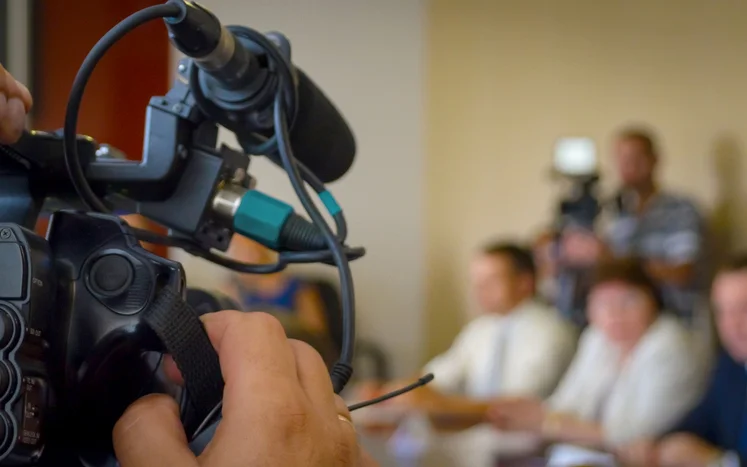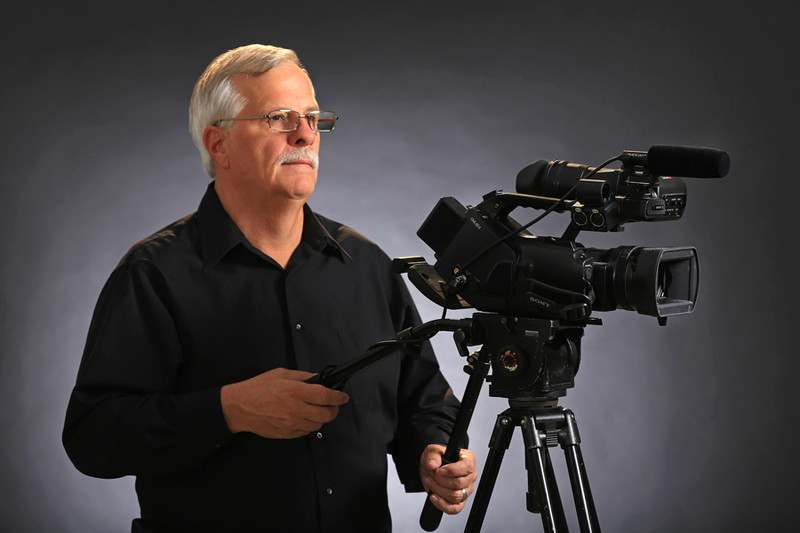How Legal Videography Plays a Crucial Role in Contemporary Legal Practices
How Legal Videography Plays a Crucial Role in Contemporary Legal Practices
Blog Article
Why Lawful Videography Is Important for Accurate Court Recordings
The role of lawful videography in court room settings can not be overemphasized, as it works as a vital device for maintaining the integrity of court documents. By catching both verbal and non-verbal interaction, it improves the clarity of witness testimonies and mirrors the subtleties of court interactions. This thorough documents not just help in reducing prospective misconceptions but also supports appellate evaluations, therefore strengthening the judicial process. The effects of integrating legal videography into standard court room practices increase crucial inquiries regarding its more comprehensive effect on the legal system. What might these ramifications entail?
Importance of Visual Proof
In the world of lawful process, the importance of aesthetic evidence can not be overstated. Visual evidence works as an effective device in developing realities, corroborating statements, and improving the general quality of an instance. This kind of proof, which consists of photographs, videos, and representations, can provide a concrete context that verbal descriptions usually lack, thus using courts and courts a clearer understanding of the conditions surrounding a case.
Additionally, visual proof help in the retention of info. Human cognition is inherently visual, and people are more probable to remember and comprehend details offered in an aesthetic layout. In the court room, this can be essential, as compelling visual evidence can guide viewpoints and strengthen the narrative offered by legal representatives.
Furthermore, the usage of aesthetic proof can reduce misunderstandings and uncertainties that typically emerge from spoken exchanges. By supplying a direct depiction of occasions, aesthetic evidence aids to remove subjective interpretations and promotes a much more objective examination of the realities. As a result, the integration of aesthetic evidence into lawful proceedings not just strengthens the stability of the judicial process however additionally boosts the possibility of accomplishing a just outcome.
Capturing Non-Verbal Signs
Making use of advanced videography methods can considerably improve the capture of non-verbal hints during lawful process. Non-verbal interaction, consisting of facial expressions, body movement, and eye contact, plays a crucial function in communicating emotions and purposes that may not be explicitly stated in verbal statement. legal videography. Legal videography uses high-def video cameras and tactical angles to guarantee that these refined cues are videotaped with clearness and precision
The capability to evaluate non-verbal behavior can provide important context to statements made during court sessions. For circumstances, a witness's hesitation or self-confidence can be translated with their position or motions, possibly affecting the court's perception of integrity. Moreover, the usage of close-up shots can aid concentrate on an audio speaker's expressions, enabling for an extra nuanced understanding of the statement.
Furthermore, integrating multiple electronic camera angles can develop a comprehensive sight of communications, highlighting characteristics between celebrations involved. This diverse approach not just improves the precision of the court record but likewise help in maintaining the stability of the judicial process - legal videography. Inevitably, capturing non-verbal cues with legal videography promotes a richer, more total depiction of court room proceedings

Enhancing Statement Dependability
The integrity of statement can be dramatically boosted with making use of high-quality legal videography. Video recordings act as an unbiased medium that records not just the spoken words of witnesses but additionally the nuances of their delivery, including tone, pacing, and emotional expressiveness. This diverse paperwork provides a more clear understanding of the witness's integrity and purposes, which can a knockout post be essential in lawful proceedings.
Moreover, lawful videography reduces the potential for misinterpretations that might emerge from composed records alone. When jurors can observe a witness's temperament and body movement together with their testament, they are better geared up to examine the authenticity and integrity of the evidence provided. This aesthetic context can strengthen the testimonial narrative, making it extra compelling and credible.
Furthermore, the visibility of a video clip recording can discourage possible inconsistencies in advice statement. Witnesses might be more mindful in their declarations when they know they are being recorded, resulting in even more exact and truthful accounts. In general, top notch legal videography enhances the stability of testament, making sure that the court has accessibility to a total and sincere depiction of the facts as communicated by the witnesses.
Supporting Appeals and Reviews
Lawful videography plays a critical function in sustaining allures and testimonials by giving a thorough aesthetic document of courtroom proceedings. This visual documentation captures not only the talked words of witnesses and attorneys but likewise the nuances of body language, tone of voice, and courtroom characteristics. Such aspects can be critical in recognizing the context of statements and arguments presented.
In the appellate process, where the focus is on errors of regulation and step-by-step fairness, a video clip record can act as an important device for appellate courts. It enables courts to assess the initial test context, making sure that choices are based on a full understanding of the process. The ability to visually examine the disposition of witnesses or the communications between parties can disclose insights that created records may overlook.

In addition, lawful videography can assist in clearing up obscurities in testimonies or procedural rulings, consequently strengthening the basis for an appeal. By supplying a reliable, objective account of what taken place in court, legal videography not just sustains the stability of the lawful process however likewise empowers all events involved to make informed choices regarding their cases.
Simplifying Court Room Procedures
Enhancing courtroom performance, legal videography improves processes by giving prompt accessibility to aesthetic records of proceedings. This modern their explanation technology enables courts, attorneys, and juries to review critical testimony and proof, making sure that all events have a clear understanding of the instance. By recording the nuances of spoken and non-verbal interaction, videography enriches the record, making it simpler to realize the context and weight of statements.

Furthermore, video clip recordings can assist in remote engagement in hearings, enabling higher adaptability in scheduling and engagement, which is especially beneficial in intricate situations involving several stakeholders.
Conclusion
Finally, legal videography plays an important function in ensuring exact court recordings by providing necessary aesthetic proof that catches both spoken and non-verbal communication. This method improves the dependability of statements, sustains appellate evaluations, and simplifies courtroom processes. By promoting an extensive understanding of courtroom characteristics, legal videography inevitably adds to extra fair judicial end results, reinforcing the stability of the legal system and promoting educated decision-making.
Report this page